Learning how to plan a container garden can completely change the way you see and use small spaces around your home.
Would you like a vegetable garden on your balcony, a herb garden in your kitchen, or a fruit forest on your rooftop?
With some planning, you can clearly understand what it would take to make these dreams a reality.
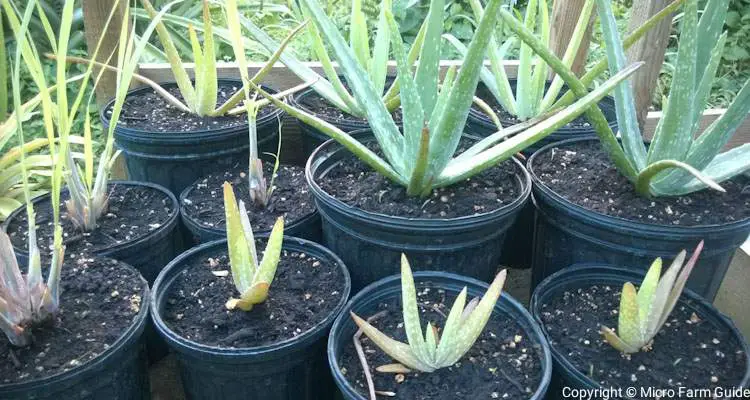
Is this absolutely necessary? No, it is not… However, a few minutes spent planning can save you countless months of frustration while opening a world of possibilities.
In this article, you will learn the simple approach I use to plan my container gardens and some tips for making the best use of the space and resources you have available. Let’s dig in!
1. Decide On Your Gardening Budget
Before you start, you must figure out how much time, money, and effort you can dedicate to container gardening.
This will give you an idea of the type of plants, containers, and watering system you need.
For example, if you have a hectic work schedule, consider using larger containers than recommended. These require less frequent watering and by extension time.
Alternatively, you can purchase a sub-irrigation planter or automated watering system. Or you can create a DIY wicking bed to ensure your plants get the moisture they need in your absence.
A clear budget will help you make more reasonable decisions which will, in turn, allow you to truly enjoy the process.
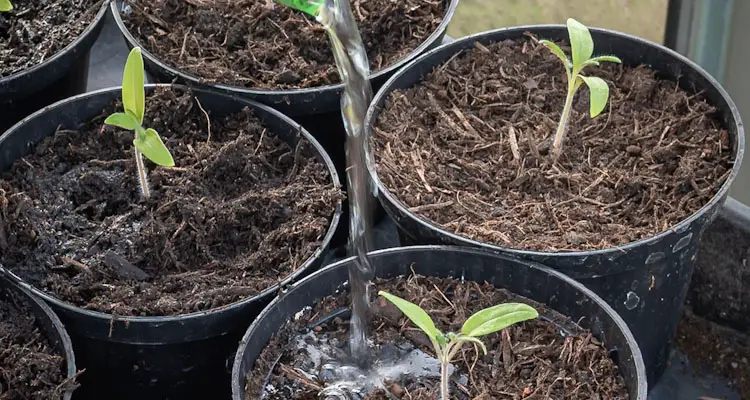
2. Choose The Location
Chances are you already know where you want to create your garden. But is this the only space you have available?
For instance, most plants require at least 6 hours of sunlight daily. The first thing you should do is list all the sunny areas around your home.
These areas should be easy to access, have proper drainage, and be strong enough to support the weight of the containers.
Remember, you can adjust your garden to suit your chosen location. For example, you can use spill trays where drainage is an issue or create a smaller garden where weight is of concern.
Once you find suitable locations, you will need to measure the size of space you have available. Make a note of other things you intend to use the area for besides gardening.
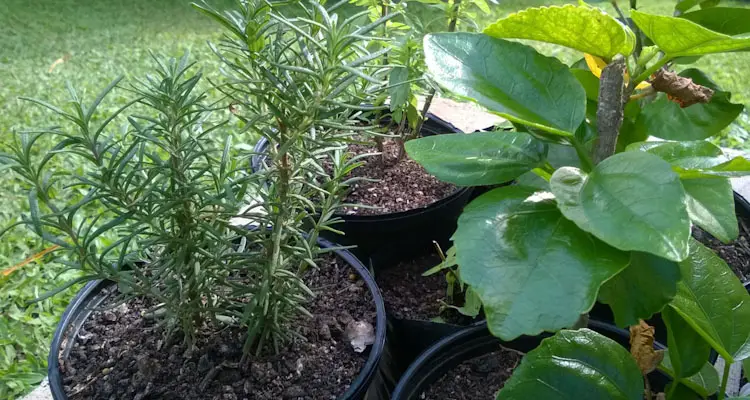
3. Decide What To Plant
Now that you have a clear understanding of the planting area. It’s time to have some fun choosing your plants.
Make your plant list and include the herbs, fruits, and vegetables you want to grow. Choose dwarf varieties if space is limited.
You can also include flowers and succulents to add diversity and visual appeal.
That said, I like to choose plants based on a specific theme e.g., salad, seasoning, snacks, etc. This is a fun way to get a diverse harvest from a small space.
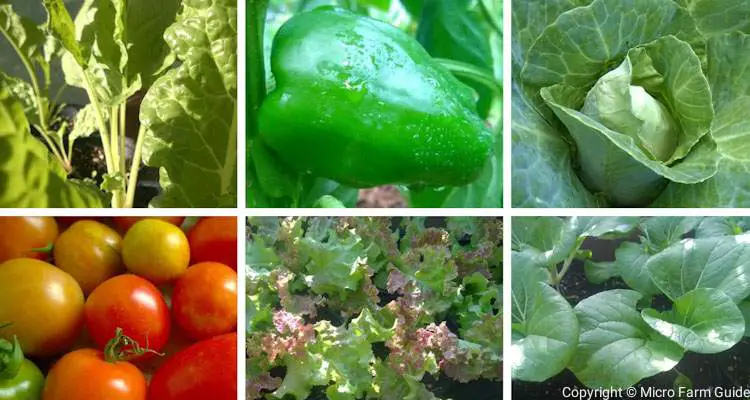
4. Select Suitable Containers
You can use just about anything to “contain” the growing media. This can include plastic pots, grow bags, concrete or terracotta planters, and wooden or even cardboard boxes.
In short, the size of the container is more important than the material it is made of, for the most part. As a general rule, the larger the container, the better, as it can retain more moisture and allow the roots of the plants to grow freely.
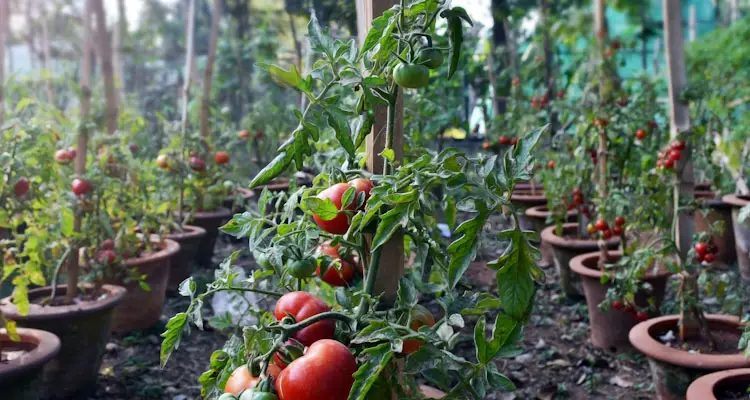
Make a list of the size of containers you will need for your chosen plants. Here are some examples of common plants and the recommended pot sizes to get you started.
| Popular Container Plants | Minimum/Preferred Pot Size | Plants Per Pot |
| Lettuce (Leaf) | 6 to 8 inches | 3 |
| Cabbages | 12 to 16 inches | 1 |
| Bell Peppers | 8 to 12 inches | 1 |
| Carrots | 6 to 8 inches | 3 |
| Cucumber | 12 to 16 inches | 1 |
| Tomatoes (Determinate) | 12 to 16 inches | 1 |
| Strawberry | 6 to 8 inches | 1 |
| Basil | 6 to 8 inches | 3 |
| Celery | 6 to 8 inches | 3 |
| Bunching Onions | 6 to 8 inches | 4 |
| Parsley | 6 to 8 inches | 4 |
| Thyme | 6 to 8 inches | 1 |
| Rosemary | 8 to 12 inches | 1 |
| Beets | 6 to 8 inches | 3 |
| Garlic | 8 to 12 inches | 2 |
| Radishes | 6 to 8 inches | 7 |
| Eggplant | 8 to 12 inches | 1 |
| Corn | 18 to 24 inches | 16 |
Then, you must choose quality potting soil or compost. You can purchase potting mix online or from a local garden center. Just ensure that it includes perlite or vermiculite to help with drainage.
Purchase enough potting mix to fill the pots you intend to use. For example, you will need approximately 0.9 cubic feet of potting Soil to fill a 12-inch pot (5 gallons). This is the recommended size for peppers, tomatoes, and cabbage.
Here is an example of the pots we mentioned above and the amount of potting mix you’ll need to purchase to fill each.
| Pot Size (Inches) | Pot Size (Gallons) | Potting Soil Needed (cu. ft.) |
| 7 | 1 | 0.2 |
| 8.5 | 2 | 0.4 |
| 10 | 3 | 0.5 |
| 12 | 5 | 0.9 |
| 14 | 7 | 1.2 |
| 16 | 10 | 2.0 |
| 21 | 20 | 3.6 |
| 24 | 25 | 4.5 |
As you can expect, this can get pretty costly initially. As a result, many people get smaller pots to save on cost but have issues such as frequent drying out or smaller yields.
As mentioned, I prefer to use larger containers, even if this means fewer of them initially. Cutting costs isn’t worth the headache. You can gradually increase your garden over time, learning as you grow.
Alternatively, you can purchase compost in bulk if available in your area. Over time you will learn how to make your own compost, which you can use to grow crops or revitalize your old potting mix.
Can you imagine how sustainable your garden will become once you start to create your own potting soil?
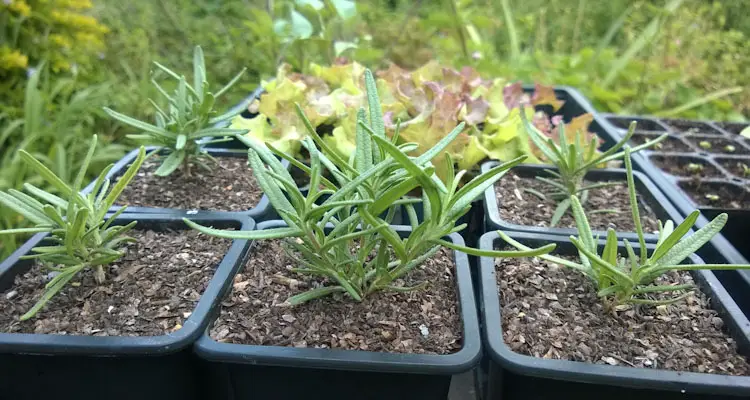
5. Draw Your Container Garden Layout
Now, it is finally time to draw your layout. Don’t worry about getting it perfect. You can always relocate your containers in the future.
All for now, you want a general idea of where everything will go and how many containers can fit in the available space.
For your first garden, you can double the size of the container, to get an idea of the required space. Ensure your hand can reach each container easily and leave enough space to move around.
Allot space for other items such as benches, work tables, nursery, compost, and storage. I usually prepare seedlings and other materials in a cool area away from my container garden. However, you must make provisions for these activities if space is limited.
Ensure you cater for sunlight, irrigation systems, and movement of equipment in larger gardens. Sometimes, you will need to build support structures such as trellises and stands. So, you will need to make provisions for these as well.
It is easy to get carried away during this step. That’s why I asked you to plan the other aspects beforehand.
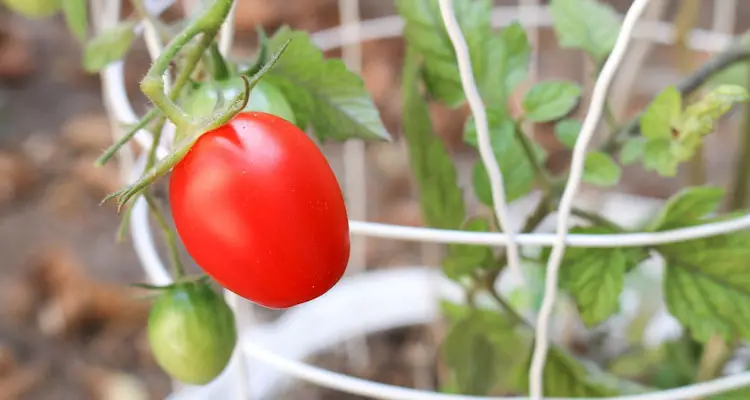
Things To Use For Container Gardening (DIY Alternatives)
The initial cost of setting up a container garden can be a significant limiting factor. However, with some creativity, you can overcome some of these hurdles.
For example, you can use discarded appliances such as refrigerators, washing machines, and bathtubs if they can hold potting media.
Pallets and other reclaimed lumber can make stands or containers of all shapes and sizes.
However, be mindful of the container’s material and previous content. Line it if necessary to avoid possible contamination.
That said, you should also be considerate of your neighbors and possible regulations for your home or neighborhood.
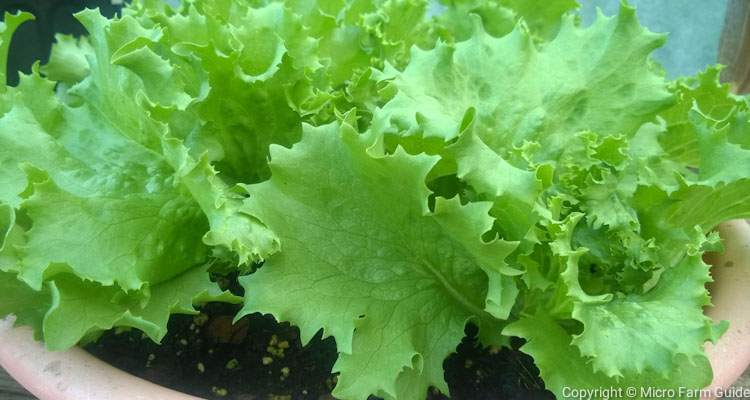
Related Questions
How Do You Layout A Container Garden?
You should lay out a container garden by grouping at least three plants from different families. This adds visual appeal and diversity to your garden, benefiting the plants.
How Many Plants Should Be In A Container Garden?
The number of plants in the container garden will depend on the available space, container size, and chosen plants.
What Are Two Disadvantages Of Container Gardening?
The two main disadvantages of container gardening are the high initial cost and the need for frequent watering. However, these depend on the location and choice of equipment and materials.
References
1. Garden Tap. Volume Charts. gardentap.com. Accessed March 2023
2. San Diego Seed Company. Vegetable Container Size Chart. sandiegoseedcompany.com. Accessed March 2023

